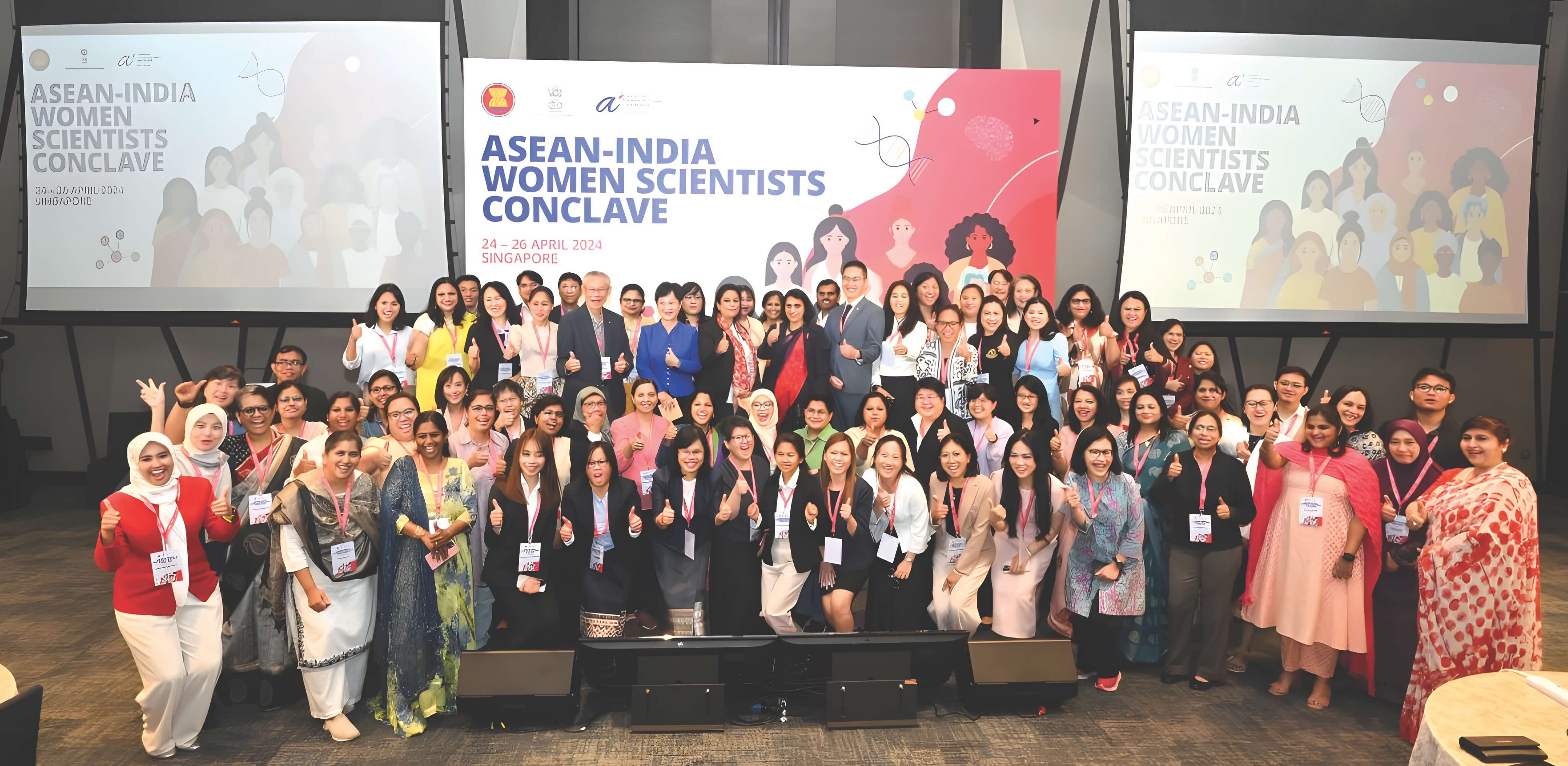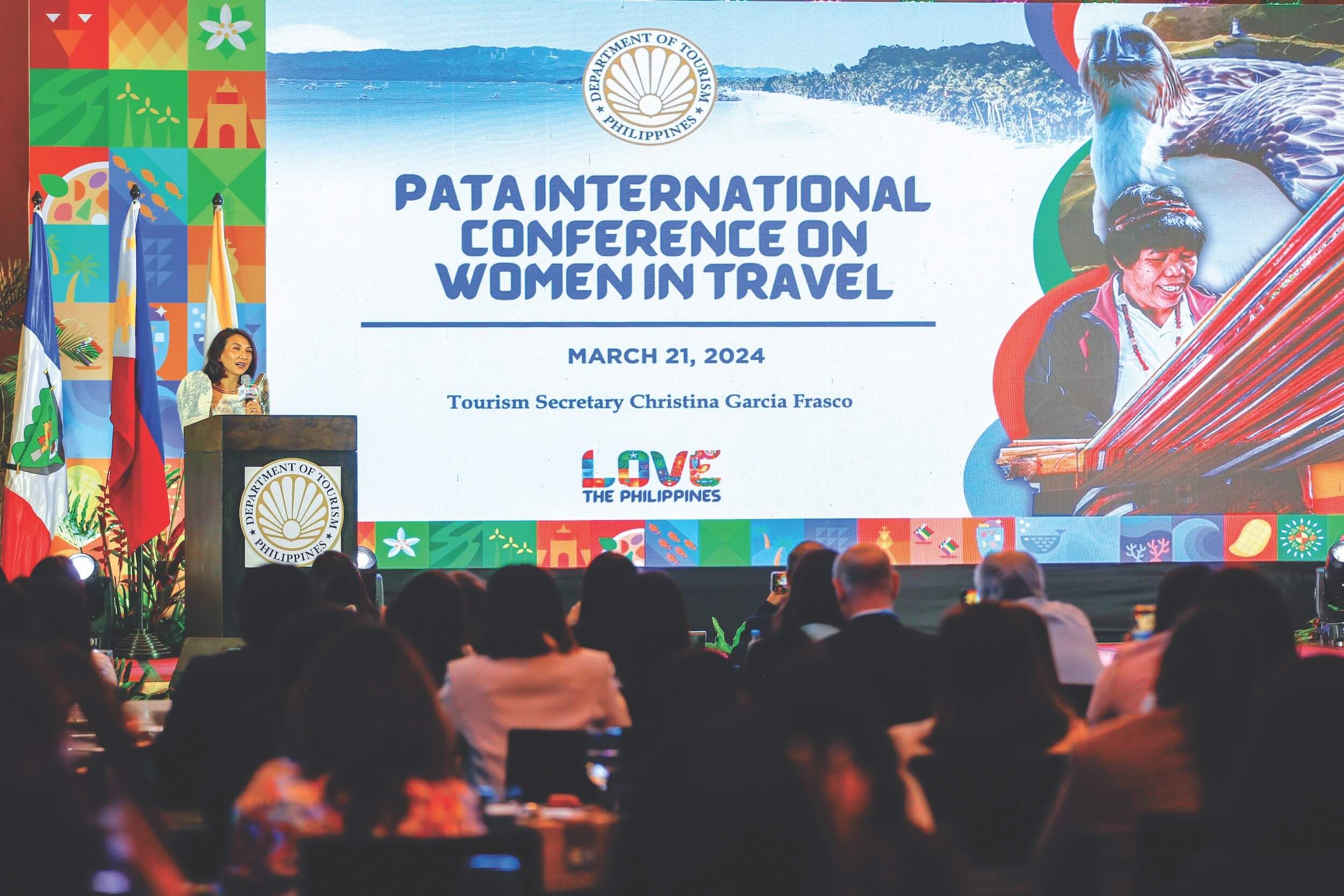




ASEAN has emerged as an important economic bloc with a concrete policy agenda for inclusive and sustainable development, but it is confronted with major challenges that its Member States must individually and collectively address to enable people in the region to achieve their full potential and well-being. This is highlighted in the inaugural issue of the ASEAN Development Outlook, which was officially launched on 23 August 2021.
The report specifically looked at the goals, successes, gaps, challenges, and prospects in four priority areas of the ASEAN Socio- Cultural Community (ASCC) pillar: identity, environment, livelihood, and social welfare and health.
ASEAN Identity
“Within the ASEAN region, there is a richness of multi-ethnic and multi-religious identities,” says lead researcher Shailaja Fennell of the University of Cambridge at the virtual launch of the report. These diverse identities are a source of strength rather than a liability and can be harnessed to find solutions and drive change.
The narrative of ASEAN identity, which the report cites as a key step towards articulating the region’s shared values and heritage amid differences, must be developed through a participatory process to be truly representative of the region, create a sense of belonging, and contribute to social harmony.
Whether at the regional or national level, identity-making must bring into the fold the histories, ways of life, voices, and experiences of individuals and communities, especially those distanced by location, ethnicity, gender, or disability. “For ASEAN to be inclusive and move towards sustainability, they need to take seriously the adage ‘no one gets left behind’,” says Fennel.
ASEAN also needs to grapple with current developments, such as the COVID-19 pandemic, climate crisis, and the proliferation of fake news, which are creating a toxic environment of distrust and intolerance and undermining ASEAN’s efforts to foster a collective sense of identity, says Jonathan Tan, Head of Culture and Information Division of the ASEAN Secretariat.
Natural and Built Environment
Climate change, meanwhile, is the greatest existential threat to the natural and built environment of ASEAN, according to the report. It has resulted in rising sea levels and increased the frequency and severity of climate-related disasters—claiming lives, displacing populations, and wrecking human-made structures and systems.
At the national level, Member States have put in place mitigation measures, such as limiting greenhouse gas emissions in line with the Paris Agreement, and adaptation measures, such as restoring mangroves to serve as a buffer against typhoons and flooding. At the regional level, key initiatives include the ASEAN Agreement on Disaster Management and Emergency Response and its work plans, which espouse proactive and science-based disaster forecasting, knowledge-sharing, and community-based interventions, and the ASEAN Coordinating Centre for Humanitarian Assistance on disaster management (AHA Centre), which provides emergency response and humanitarian assistance during disaster events.
But ASEAN can and should do more, the report argues. It says that disaster management and resilience-building require more resources than what ASEAN currently invests.
ASEAN decisions on environmental matters should also be based on evidence-based information. “For example, a full cost-benefit analysis of continued reliance on coal energy shows that it is just unsustainable and energy policy needs to consider this for the future survival and well-being of all citizens,” says Jane Lichtenstein of the University of Cambridge research team.
The report notes that ASEAN has an opportunity to step up its commitment to clean energy transition, which will enhance its leadership in global climate action. David King, founder and chair of Cambridge Centre for Climate Repair, warns that ASEAN and the rest of the world cannot afford inaction as the dire consequences of climate change are upon us. “The first message is don’t invest any further in fossil fuel futures; secondly, manage your natural forests, peats, mangroves, and sea systems,” he says.
Livelihood
Decent livelihood springs from good quality education. According to the report, while ASEAN Member States have had successes in raising primary and tertiary enrolment over the past decades, many other educational indicators have fallen by the wayside. A substantial number of school-age children in the region have either never gone to school or dropped out due to poverty, location, disability, and other factors. Forced early marriage also remains a problem in parts of Southeast Asia.
“The barriers that exclude are multiple and intersecting and they produce learning deficits. Learning is past-dependent and cumulative, so the deficits of today will magnify over time,” says Nafisa Waziri of the University of Cambridge research team.
Learning outcomes are also uneven across and within ASEAN Member States. Improving learning outcomes, the report points out, requires investing in both people, such as through teacher training and salaries, and process, such as by developing innovative teaching methods and adopting information and communication technologies.
“Most ASEAN countries invest less than 3,000 US dollars per student per year,” says Javier Gonzalez Dias of SUMMA. “There is an important link between quality and resources, so there is room for improvement.”
Ensuring that school curricula will equip children not only with 21st-century skills but also with locally relevant and meaningful knowledge is equally important. Children’s nutrition, positive social engagement, and responsive caregiving should also be given attention since they impact future learning outcomes, Waziri adds.
In the world of work, ASEAN’s policies have focused on technical and vocational education and training (TVET) to increase employability and encourage selfemployment, and on creating a conducive business environment for medium, small and micro-enterprises (MSMEs). But location, gender, migration status, age, and disability exclude individuals from participating in and benefitting from these policy initiatives.
Moreover, focusing on workers’ training alone is inadequate. “While training and upskilling workers are important, it can only be effective if decent jobs are available and if the skills acquired are effectively utilised and equitably remunerated,” says Waziri. Therefore, ASEAN Member States must engage the private sector to go beyond skills identification and training provision to include recognition, remuneration, and social protection.
Social Welfare and Health
In ASEAN, there is no shortage of regional declarations and action plans or countrylevel programmes to improve people’s welfare and health. Some of the region’s major initiatives include the Declaration on Strengthening Social Protection, Declaration on the Protection and Promotion of the Rights of Migrant Workers, and Declaration on the Elimination of Violence Against Women and the Elimination of Violence Against Children, and Leaders’ Declaration on Ending All Forms of Malnutrition. Achieving universal health care is also a core goal of the ASEAN Post-2015 Health and Development Agenda.
Still, numerous challenges and gaps remain. Different forms of malnutrition—i.e., low birth weight, stunting, obesity, diabetes, anaemia—are prevalent in all ASEAN Member States.
“The nutrition burden can be addressed through taxation and dietary guidelines to incentivise healthy consumption and ensure the affordability and nutritional value of food,” says David Clark of the University of Cambridge research team.
Shumone Ray of NNEdPro Global Centre for Nutrition and Health adds, “We need to think about transforming food systems in a way that not only produces more and addresses zero hunger as SDG (Sustainable Development Goal) 2 on the surface but also creates affordable, healthy diets. The State of Food Security reports give us key strategies on how to do this, particularly by addressing not just inequality, but equity—giving those with more challenging starting points a higher platform to stand on.”
Even before the onset of COVID-19, some populations were at high risk of contracting infectious diseases and neglected tropical diseases because of crowded housing, poor sanitation facilities, and malnutrition. The report says addressing these social determinants of infectious diseases will go a long way towards preventing outbreaks. The report also cites the need to strengthen national health systems’ capacity to prepare for and respond to health emergencies and forge stronger regional cooperation in surveillance, reporting, and management of diseases.
Social protection measures either exclude or fall short of protecting vulnerable groups, including older adults, low-skilled migrant workers, and survivors of domestic and sexual violence. The report notes that tackling social protection from a human security angle can “help identify and reduce risks, protect rights, and promote capabilities.”
“Working to strengthen our social protection is even more crucial in the time of pandemic to help cushion the resulting impact of COVID-19,” says Lina Marliani, Executive Director of J-PAL Southeast Asia. “Governments are resource-constrained…but evidence can provide our governments with lessons on how best to allocate spending to design effective social protection.”
Next Steps
The report strongly recommends the use of foresight analysis to help the ASEAN community navigate complex development challenges and make informed policy and programmme choices. The foresight technique allows planners and decision-makers to explore best- to worst-case scenarios, short- to long-term outcomes, and alternative futures. It is a flexible tool that can accommodate a broad swath of issues, from flooding and coastal defences to TVET and gender-based violence.
The report also recommends that ASEAN adopt a bottom-up approach to problemsolving to engage citizens and enhance policy ownership. A “problem-driven iterative adaptation” will enable ASEAN to constantly collect and analyse feedback and information, learn from mistakes, and adjust interventions.
ASEAN officially released the first ASEAN Development Outlook on 23 August 2021 during an online forum and launch entitled “Roll Out and Dissemination of the ASEAN Development Outlook: Practical Application and Lessons Learned for the Region.”
The ASEAN Socio-Cultural Community, through the leadership of the Senior Officials Meeting on Rural Development and Poverty Eradication or SOMRDPE, initiated the preparation of the Outlook. A team of experts from the University of Cambridge, headed by Dr. Shailaja Fennell, was commissioned to write the report. The ASEAN-China Cooperation Fund funded the project.
The launch-forum began with welcome messages from the Deputy SecretaryGeneral of ASEAN for ASEAN SocioCultural Community Kung Phoak, Ambassador Aung Myo Myint of the Republic of the Union of Myanmar, and Ambassador Deng Xijun of the People’s Republic of China. The highlights of the report were next presented by the University of Cambridge research team. A group of panelists shared their views on the main findings of the The launch-forum began with welcome messages from the Deputy SecretaryGeneral of ASEAN for ASEAN SocioCultural Community Kung Phoak, Ambassador Aung Myo Myint of the Republic of the Union of Myanmar, and Ambassador Deng Xijun of the People’s Republic of China. The highlights of the report were next presented by the University of Cambridge research team. A group of panelists shared their views on the main findings of the
A second set of panelists discussed the partnership opportunities and challenges between ASEAN and China on sustainable development. The panelists included Li Xin of International Poverty Reduction Center in China, Dr. Fajar Bambang Hirawan of Center for Strategic and International Studies, Dr. Wang Yujuan A second set of panelists discussed the partnership opportunities and challenges between ASEAN and China on sustainable development. The panelists included Li Xin of International Poverty Reduction Center in China, Dr. Fajar Bambang Hirawan of Center for Strategic and International Studies, Dr. Wang Yujuan of the China-ASEAN Environmental Cooperation Center, Philip Masterson of SEAMEO Regional Centre for Higher Education and Development, and Prof. Qi Ye of Tsinghua University.
ASEAN Secretariat’s Dr. Sita Sumrit and Dr. Benjamin Loh moderated the panel discussions, while Kwinraj Chand served as emcee of the launch-forum.








